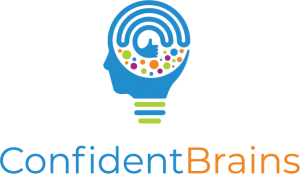Now that we’re offering the At-Home Cognitive Intensive Program, which targets the Symbol Relations function, you may be wondering about this cognitive capacity and the exercise we use to make it stronger. Many of our students say this exercise, more commonly known as “Clocks”, is one of their favorites and almost everyone has a story about how it improved life in some way. That’s because Clocks is a masterpiece in terms of brain training.
Why Clocks?

Photo by Black ice
Reading an analog clock was one of the many things Barbara Arrowsmith-Young struggled with as a young woman. We now know that being able to tell the time is an important indicator skill. As Howard Eaton, founder of the Eaton Arrowsmith schools, noted, if a child can’t read a clock face, “it often means they will also struggle with reading comprehension and math problem solving, as these achievement abilities also require the ability to analyze and synthesize many concepts simultaneously.” Barbara experienced those problems, plus many of the classic signs of a weak Symbol Relations function, including:
- difficulty keeping up with the speed of lectures or following conversations
- an inability to understand anything that isn’t literal: jokes, sarcasm, and riddles
- needing extra time and repetition to complete tasks
- an overwhelming sense of uncertainty
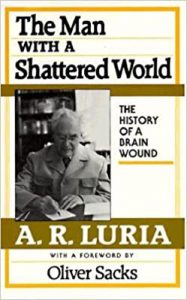
During her graduate research, Barbara read about the work of Aleksandr Luria, a Russian neuropsychologist. She was struck by his work with Lyova Zazetsky, a soldier with a brain injury that left him with severe gaps in his ability to make sense of the world. To Barbara, those gaps felt eerily familiar. Zazetsky had been wounded by a bullet to the head. It damaged the left occipito-parietal region of his brain, an area that operates as an intersection, connecting and processing information coming from the outside world and other parts of the brain. Like Barbara, post-injury Zazetsky struggled to tell time on an analog clock. She began to suspect that her own left occipito-parietal region, what we now call the Symbol Relations area, wasn’t functioning well either.
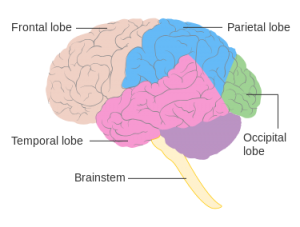
“Diagram showing the lobes of the brain CRUK 308.svg” by Cancer Research UK is licensed under CC BY-SA 4.0
Then Barbara found the work of Mark Rosenzweig, an American psychologist whose research showed that rats could physically rewire their brains in response to stimulation. With this revelation Barbara wondered if she could devise an exercise that could stimulate and rewire the occipito-parietal region of a human brain. If rats could do it, why couldn’t humans? Cue the first version of Clocks, a series of hand-written clock-face flashcard exercises. Barbara experimented on herself.
The Fog Lifted
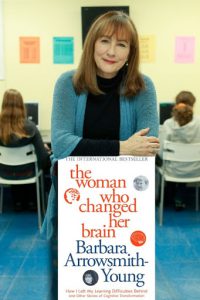 In her memoir, she recalls, “I would do the exercise every day for up to twelve hours a day, and as I got better, I made
In her memoir, she recalls, “I would do the exercise every day for up to twelve hours a day, and as I got better, I made
the flashcards more complex. I cannot describe my exhilaration when I began to feel the result of all this work. Points of logic became clear to me, and elements of grammar now made sense, as did math. Conversations that I had always had to replay to comprehend now unfolded in real-time. The fog dissipated then lifted. It was gone for good.”
Those hand-written flashcards evolved into a computer program that’s helped thousands of students live better lives. You can read some of their stories on our blog.
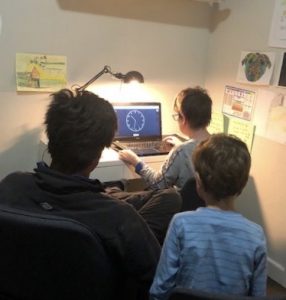
A Confident Brains student works on “Colcks” with his family cheering him on silently
